<< Previous | Displaying results 2701-2725 of 6771 for "" | Next >>
Carl Goerdeler, former mayor of Leipzig and a leader of the July 1944 conspiracy to kill Hitler, stands trial before the People's Court in Berlin. He was condemned and executed at Ploetzensee prison on February 2, 1945. Berlin, Germany, 1944.
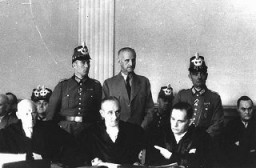
Eugen Bolz, a member of the Catholic opposition to Hitler, during his trial before the People's Court. He was arrested following the attempt to kill Hitler in July 1944 and was executed at Berlin's Ploetzensee prison on January 23, 1945.
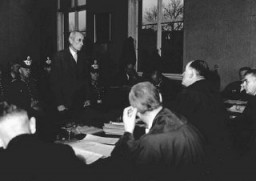
Carl Heinrich Langbehn was an attorney who was slated for a possible cabinet seat had the July 1944 attempt on Hitler's life succeeded. He is pictured here on trial before the People's Court in Berlin. Langbehn was executed in the Ploetzensee prison on October 12, 1944.
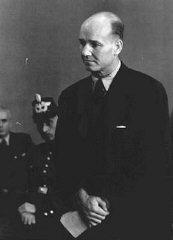
Roland Freisler (center), president of the Volk Court (People's Court), gives the Nazi salute at the trial of conspirators in the July 1944 plot to kill Hitler. Under Freisler's leadership, the court condemned thousands of Germans to death. Berlin, Germany, 1944.
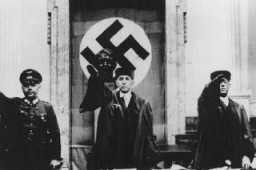
Entrance to the Ploetzensee prison. At Ploetzensee, the Nazis executed hundreds of Germans for opposition to Hitler, including many of the participants in the July 20, 1944, plot to kill Hitler. Berlin, Germany, postwar.
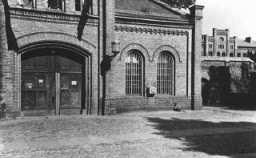
Execution site at the Ploetzensee prison. At Ploetzensee, the Nazis executed hundreds of Germans for opposition to Hitler, including many of the participants in the July 20, 1944, plot to kill Hitler. Berlin, Germany, postwar.
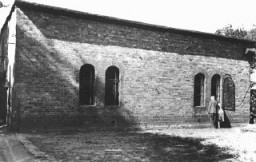
Portrait of a preschool class in Copenhagen. Gus Goldenburger (top row, second from left) was one of the few Jewish students in the class. His family moved to Denmark from Czechoslovakia, fearing the rising tide of Nazism. When the Nazis planned to deport Danish Jewry, the Goldenburgers managed to escape to Sweden, where they remained until the end of the war. After the war, the Goldenburgers returned to Copenhagen. Photograph taken in Copenhagen, Denmark, 1938–1939.
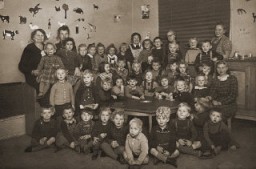
King Christian X. According to popular legend, King Christian X chose to wear a yellow star in support of the Danish Jews during the Nazi occupation of Denmark. In another version, the Danish people decided to wear a yellow star for the same reason. Both of these stories are fictional. However, the legend conveys an important historical truth: both the King and the Danish people stood by their Jewish citizens and were instrumental in saving the overwhelming majority of them from Nazi persecution and death.
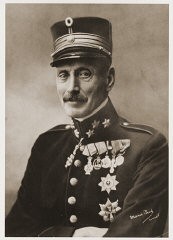
Portrait of Georg Duckwitz, German naval attache in Denmark who leaked the Nazi plan to deport Danish Jews. Place and date uncertain.
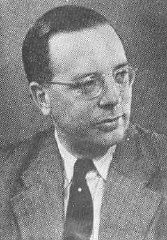
A boat used by Danish fishermen to transport Jews to safety in Sweden during the German occupation. Denmark, date uncertain.
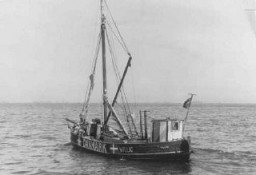
Jewish refugees being rescued aboard a Danish fishing boat bound for Sweden. October 1943.
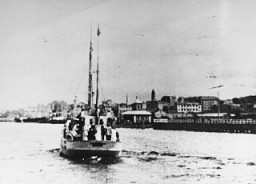
Danish refugees register in Sweden after escaping from Denmark. Sweden, after October 1943.
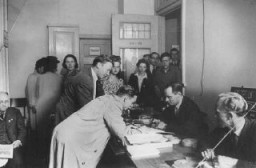
Jewish refugees from Denmark upon arrival in neutral Sweden. 1943.
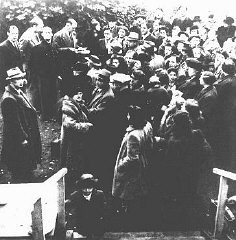
The Danish Freedom Council, Denmark's unofficial government-in-exile from July 1944 to May 1945, was made up of leaders of the four main resistance groups. London, Great Britain, between July 1944 and May 1945.
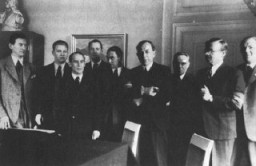
Excerpt from Anne Frank's diary for the date October 10, 1942: "This is a photograph of me as I wish I looked all the time. Then I might still have a chance of getting to Hollywood. But now I am afraid I usually look quite different." Amsterdam, the Netherlands.
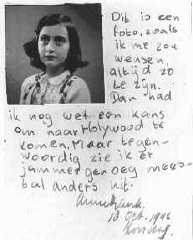
Anne Frank at five years of age. Bad Aachen, Germany, September 11, 1934.

Margot and Anne Frank before their family fled to the Netherlands. Bad Aachen, Germany, October 1933.

Anne Frank, age twelve, at her school desk. Amsterdam, the Netherlands, 1941.
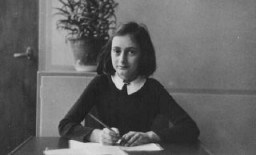
A page from Anne Frank's photo album showing snapshots taken between 1935 and 1942. Amsterdam, the Netherlands.
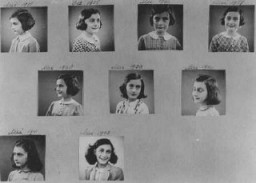
The house at Prinsengracht 263, where Anne Frank and her family were hidden. Amsterdam, the Netherlands. After 1935.

Passport photograph of Raoul Wallenberg. Sweden, June 1944.

Hungarian Jews wait in front of the Swedish legation main office in hopes of obtaining Swedish protective passes. Budapest, Hungary, 1944. Photograph taken by Tom Veres, who was active in Raoul Wallenberg's efforts to rescue the Jews of Budapest.
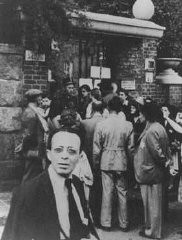
Swedish "protective pass" issued to Lili Katz, a Hungarian Jew. The document was initialed by Raoul Wallenberg (bottom left). Budapest, Hungary, August 25, 1944.
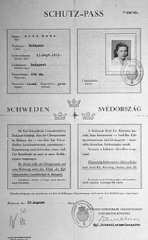
Swedish protective pass issued to Joseph Katona, the Chief Rabbi of Budapest. Budapest, Hungary, September 15, 1944.

A protective pass issued by the Swiss consulate in Budapest, for Chief Rabbi Joseph Katona. Budapest, Hungary, October 23, 1944.
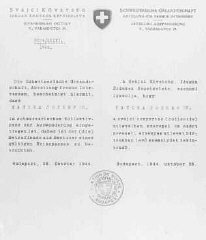
We would like to thank Crown Family Philanthropies, Abe and Ida Cooper Foundation, the Claims Conference, EVZ, and BMF for supporting the ongoing work to create content and resources for the Holocaust Encyclopedia. View the list of donor acknowledgement.